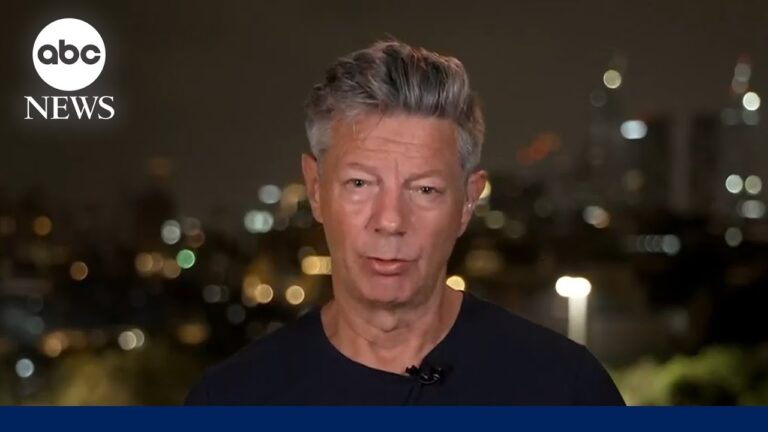Video at the bottom!
In a tense unfolding scenario, reports have emerged suggesting that Israel received advance notification of multiple attacks targeting nuclear sites in Iran. Ian Pannell reflects on the situation, emphasizing that this action aligns with the desires of Prime Minister Benjamin Netanyahu, the Israeli cabinet, and a significant portion of the Israeli population. This strategic move has been a point of lobbying aimed at reinforcing the threat posed not only to Israel but also to regional and global stability, including Europe and the United States.
The Iranian threat, rooted in decades of antagonistic rhetoric since the 1979 Iranian Revolution, is compounded by its support for proxy groups, which have historically posed challenges to both Israeli and American interests in the region. For instance, Hezbollah has been implicated in acts of aggression against U.S. forces, such as the devastating Marines barracks bombing in Beirut in the 1980s.
Since October 7, 2023, efforts have been ongoing to diminish Iran’s influence, which has expanded through a so-called “Shia Crescent” following the U.S. invasion of Iraq. Iran’s involvement has extended into Syria, where it has actively engaged in conflict, supporting the regime of Bashar al-Assad against various rebels, and into Lebanon with Hezbollah.
The Israeli government has adopted an aggressive stance to counter this influence, seeing it as a direct threat to its existence. Their recent military actions are part of a broader strategy to dismantle this sphere of influence, highlighting a significant shift in the geopolitical landscape of the Middle East.
As tensions rise following U.S. and Israeli airstrikes on Iranian sites—rumored to involve multiple aircraft—questions linger about the efficacy of these operations and the potential backlash. President Trump’s remarks on social media, hinting at a move towards peace, raise skepticism regarding Iran’s willingness to engage in dialogue in the wake of military actions that have provoked public outrage across the region.
The strikes have already sparked significant protests, with thousands voicing their anger against Israel and, by extension, the United States, indicating a potential for heightened anti-American sentiment. The presence of U.S. military bases, consulates, and interests in the region raises alarms about possible repercussions for U.S. personnel and assets in the aftermath.
As the situation evolves, the effectiveness of the bombings in degrading Iran’s nuclear capabilities remains to be seen. Analysts caution that a simplistic view of military intervention ignoring the complexities of Iranian national sentiment could lead to miscalculating the outcome. Historical precedents suggest that external aggression often unifies populations against perceived foreign threats, which could rally support for the Iranian leadership rather than quell opposition.
The region is now at a critical juncture, and the focus is shifting to the potential responses from Iran and its allies, particularly in terms of retaliatory actions. Statements from Iranian leadership have hinted at direct confrontation with U.S. interests, raising concerns over whether these threats were mere posturing or if they mark a significant escalation in the ongoing conflict. The coming days will likely reveal the ramifications of these strikes and whether Israel has achieved a threshold of operational success in addressing its security concerns in a volatile landscape.


